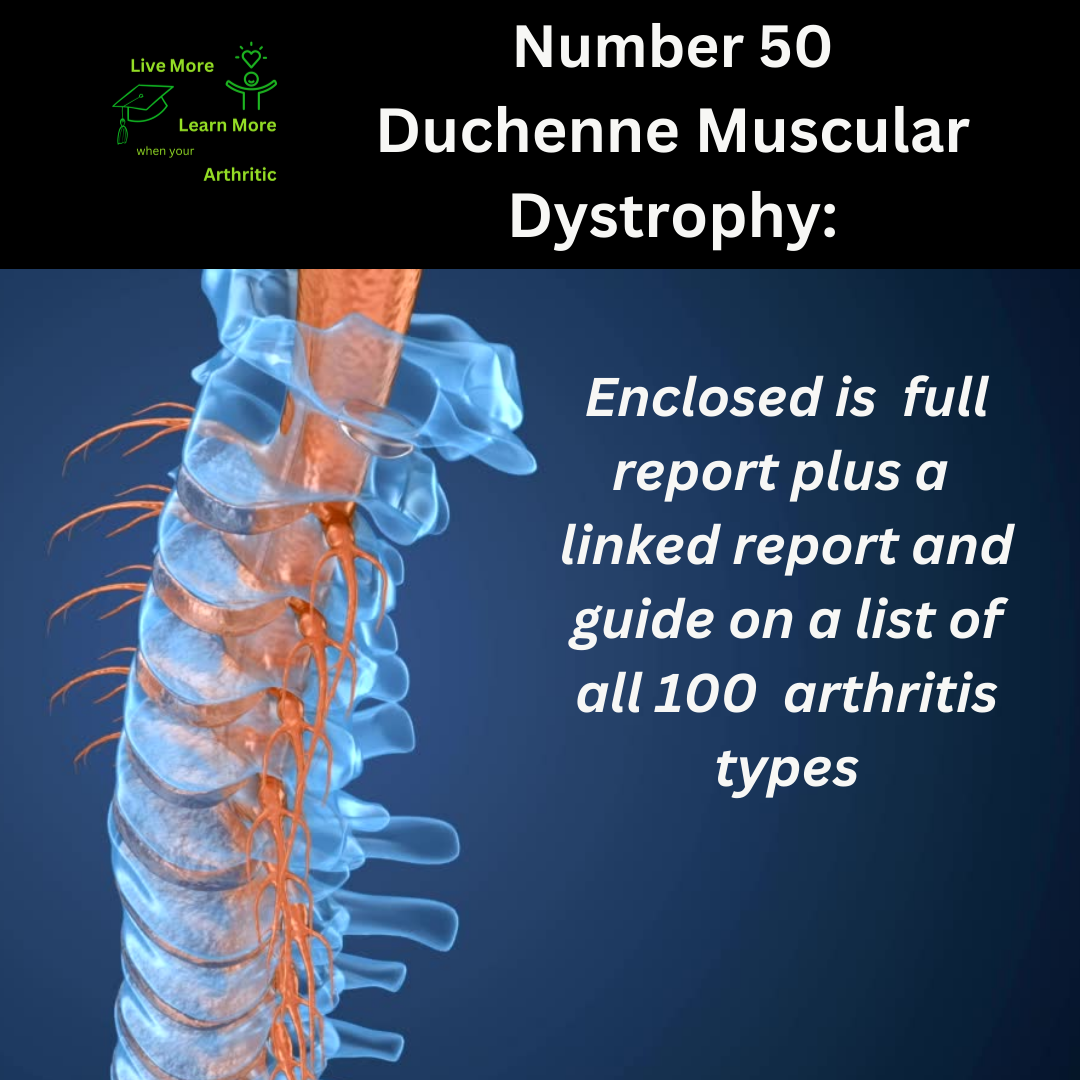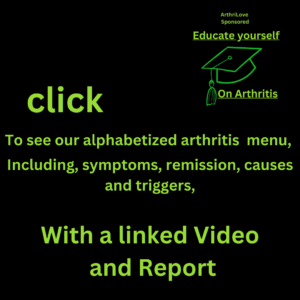
Duchenne Muscular Dystrophy: Number 50 on the list of 100 types of Arthritis
Understanding Duchenne Muscular Dystrophy
Duchenne muscular dystrophy (DMD) is a genetic disorder characterized by progressive muscle degeneration and weakness. It primarily affects boys, with symptoms typically appearing between the ages of 3 and 5. The condition is caused by a mutation in the gene that encodes dystrophin, a protein essential for muscle strength and function.
The onset of DMD is often marked by delays in motor skills development, such as difficulty walking or running, frequent falls, and trouble getting up from a sitting or lying position. As the disease progresses, muscle weakness spreads to the arms, legs, and eventually the heart and respiratory muscles, leading to severe disabilities and health complications.
One hallmark symptom is limited range of motion, which can significantly impact daily activities and quality of life. Children with DMD may experience joint stiffness and contractures, making movement increasingly challenging as they grow older.
Impact on Lifespan
Unfortunately, Duchenne muscular dystrophy significantly shortens life expectancy. Most individuals with DMD do not live beyond their 20s or 30s due to respiratory or cardiac complications. The progressive nature of the disease poses significant challenges for both patients and their families, necessitating comprehensive care and support.
Proactive Approach and Quality of Life
While there is currently no cure for DMD, proactive management can enhance quality of life and potentially slow disease progression. Physical therapy and assistive devices like braces or wheelchairs can help maintain mobility and function. Additionally, maintaining a healthy weight and managing cardiac and respiratory health are vital aspects of care.
Possible Complications
Individuals with DMD are prone to various complications, including respiratory infections, scoliosis (abnormal curvature of the spine), and cardiomyopathy (weakening of the heart muscle). Regular medical monitoring and prompt intervention are crucial for managing these issues and preventing further complications.
 Breakthroughs and Natural Approaches
Breakthroughs and Natural Approaches
Although there are no all-natural breakthroughs that cure DMD, certain complementary therapies like acupuncture or massage may provide symptomatic relief and improve well-being. However, it’s essential to consult with healthcare professionals before exploring alternative treatments to ensure safety and efficacy.
Prevalence and Gender
Duchenne muscular dystrophy primarily affects males, as the genetic mutation responsible for the condition is located on the X chromosome. Females can be carriers of the mutation but usually do not exhibit symptoms of the disease.
Interconnected Conditions
There are several conditions associated with DMD due to its impact on muscle function and overall health. These may include osteoporosis (bone density loss), joint contractures, and respiratory complications like sleep apnea. Understanding these interconnections is crucial for comprehensive management and care planning.
In summary, Duchenne muscular dystrophy is a challenging condition that significantly affects individuals and families. While there are no natural cures, proactive management strategies can optimize quality of life and provide much-needed support. Research and advancements continue to drive progress in understanding and addressing DMD, offering hope for improved outcomes and care in the future.
